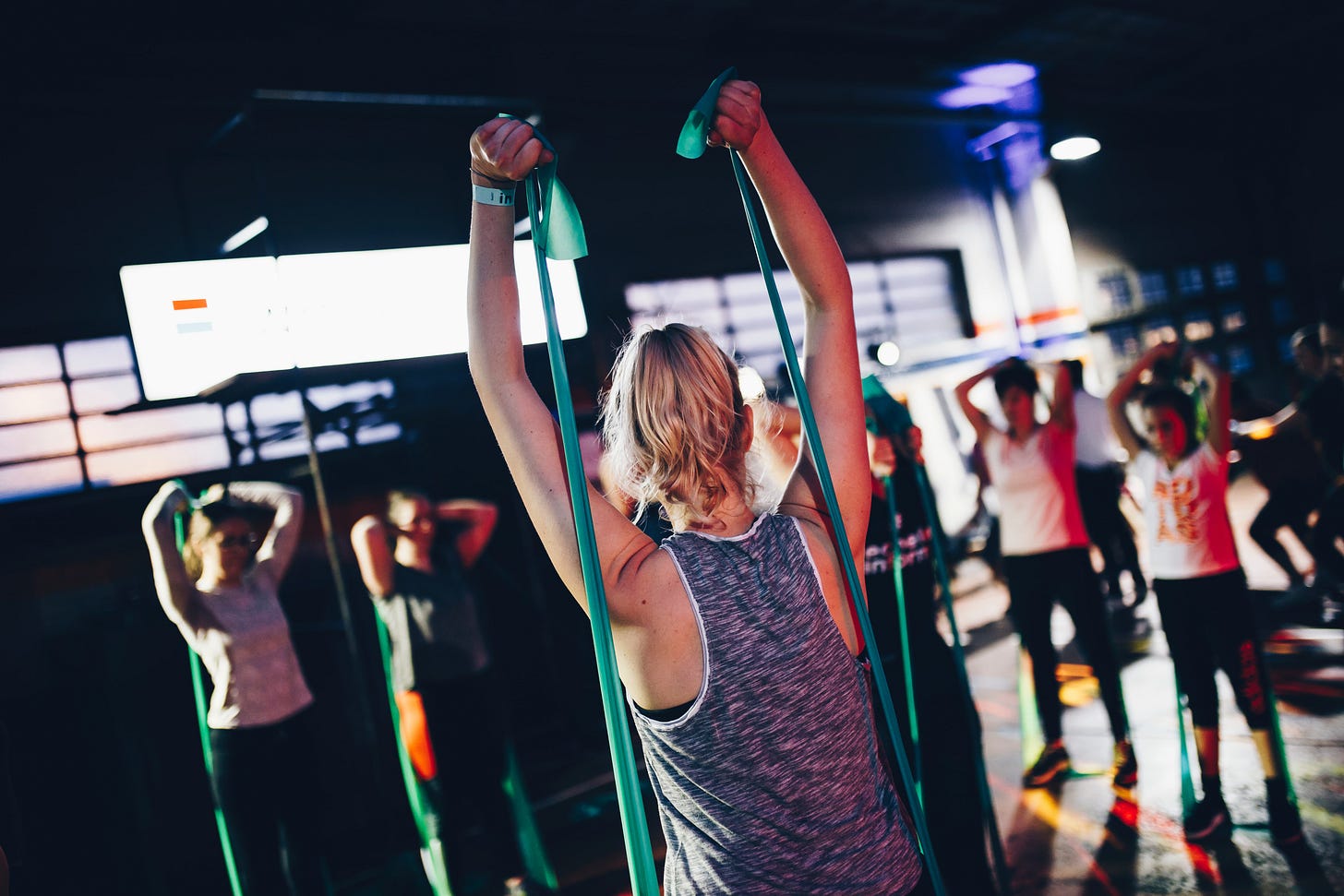Solo workouts vs. group classes: A showdown
Why do group classes over solo workouts, or vice versa? “Should” you mix the two? What are the benefits and drawbacks to each?

I’ve worked out in group settings and on my own for years. I’ve spent long, solitary evenings in the gym training for a powerlifting meet, and I spend every Saturday morning teaching a group indoor cycling class. The energies of these sessions could not be more different.
Since I get a free membership at the gym where …
Keep reading with a 7-day free trial
Subscribe to Body Type to keep reading this post and get 7 days of free access to the full post archives.


